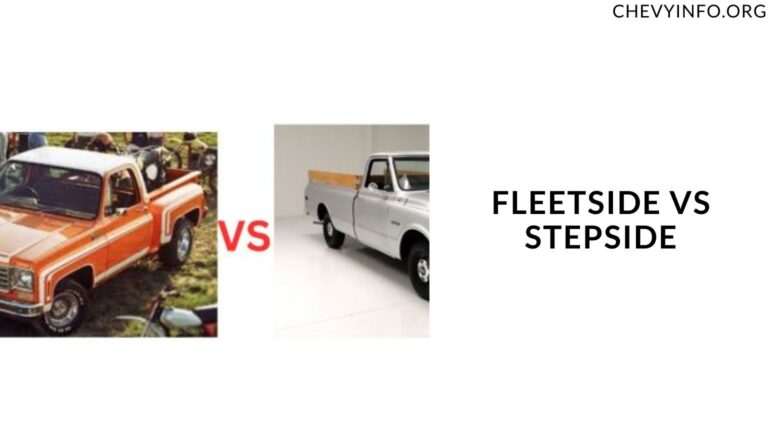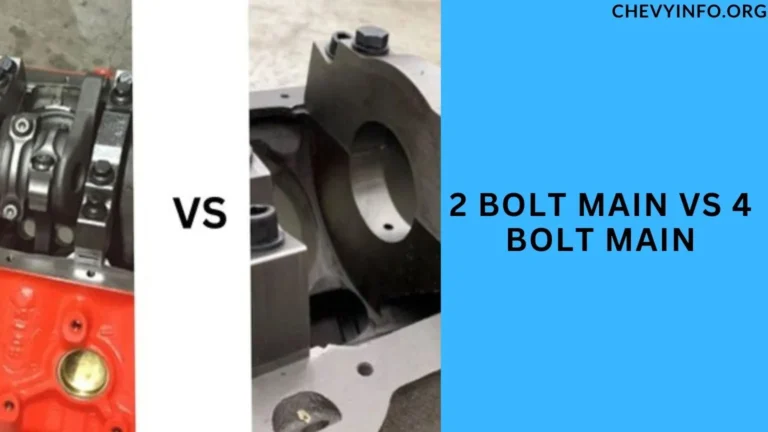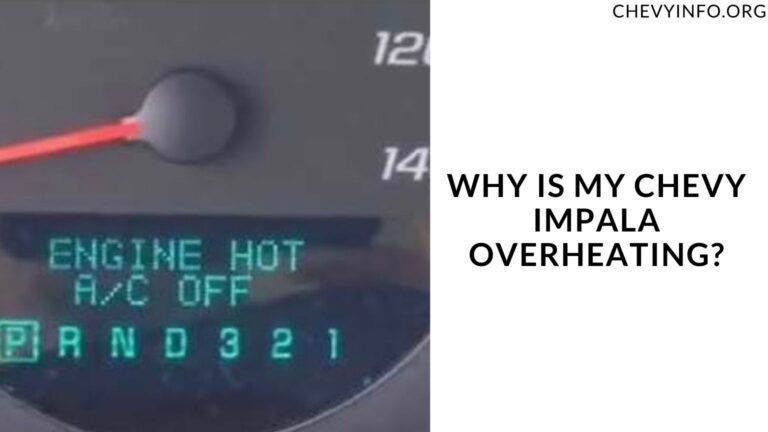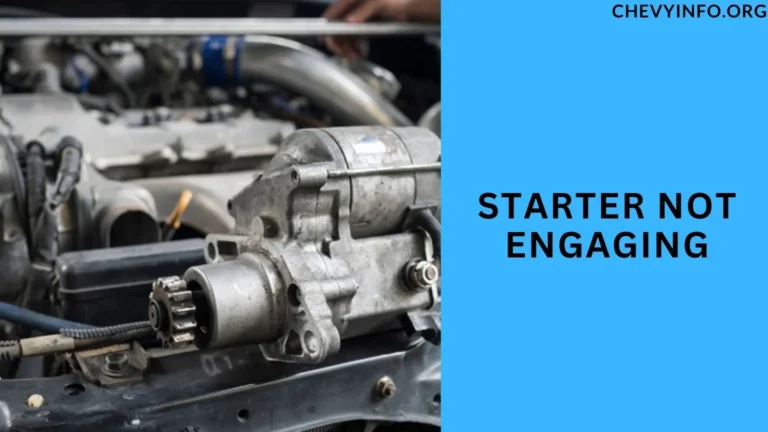Impala Water in Trunk (Causes, Risks, and Solutions) of 2024
When you discover water pooling in your Impala’s trunk, it’s not just an inconvenience; it’s a sign of potential issues that need prompt attention.
Impala Water in Trunk, In this comprehensive guide, we’ll delve into the causes behind Impala water in the trunk, its impacts on your vehicle, and effective solutions to mitigate and prevent this problem.
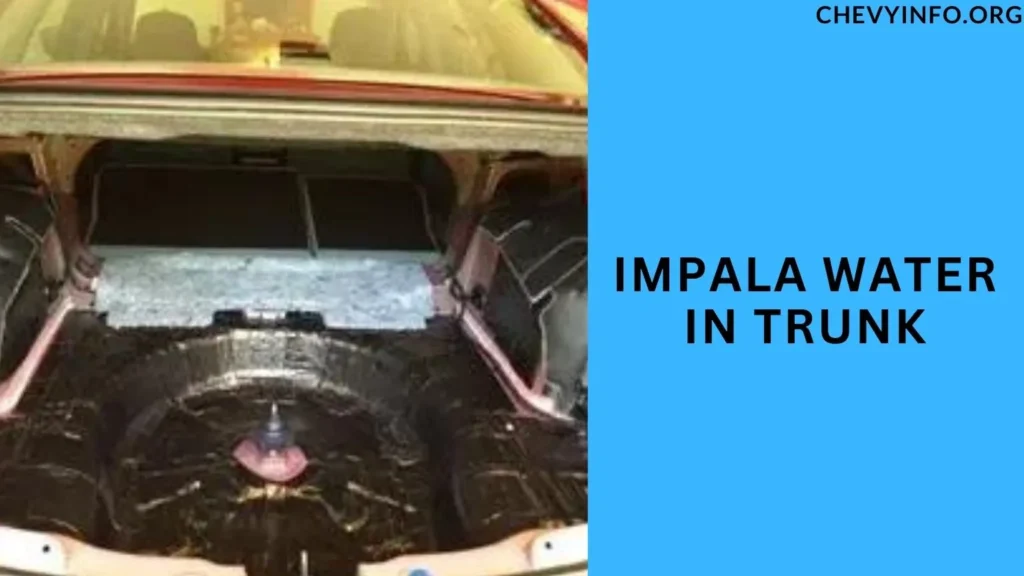
Introduction to Impala Water in Trunk Issue
Chevrolet Impala owners may encounter a troubling scenario – finding water accumulating in the trunk.
This issue can stem from various sources, ranging from minor sealant problems to more severe structural issues within the vehicle.
Common Causes of Water Accumulation in Impala Trunks
The common causes of water accumulation in Impala trunks can stem from various issues, including:
Poor Trunk Seal
One of the primary reasons for water seeping into Impala trunks is a faulty or deteriorated trunk seal. When the seal is compromised, water can easily enter the trunk space, leading to potential damage.
Clogged Drainage Channels
Another common cause is clogged drainage channels. These channels are designed to divert water away from the trunk, but debris or dirt buildup can obstruct them, causing water to accumulate inside.
Trunk Lid Misalignment
A misaligned trunk lid can also contribute to water leakage issues. If the lid doesn’t sit flush with the trunk opening, it creates gaps through which water can enter during rain or car washing.
Signs and Symptoms of Water in the Trunk
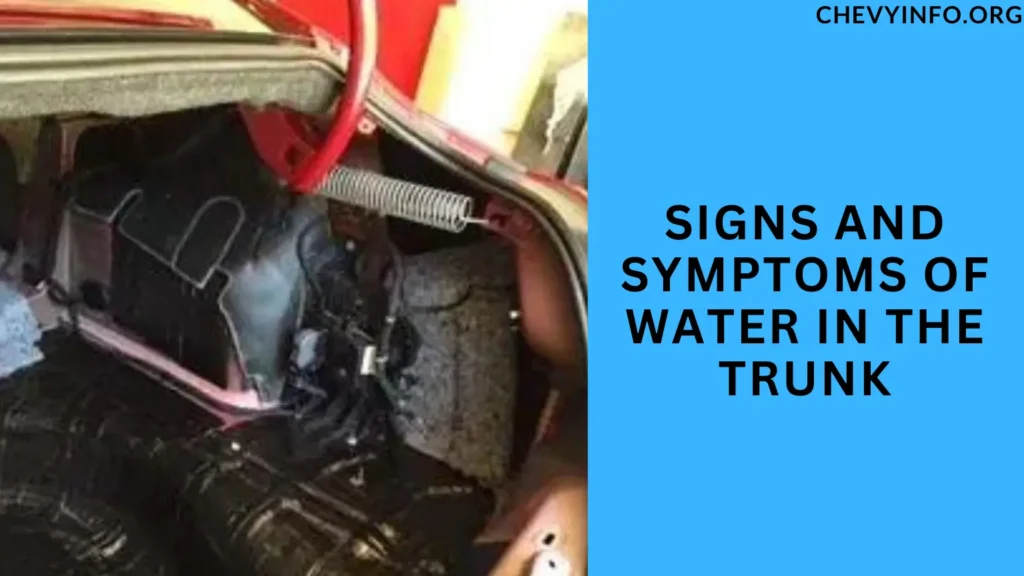
The signs and symptoms of water accumulation in the trunk of an Impala can vary but typically include:
Dampness or Moldy Smell
One of the first indicators of water accumulation is a damp interior or a musty, moldy odor emanating from the trunk area.
Visible Water Accumulation
In severe cases, there may be visible water pooling inside the trunk, especially after rain or washing the vehicle.
Corrosion or Rust on Trunk Components
Long-term exposure to water can cause corrosion and rust on metal components within the trunk, affecting their structural integrity.
Impact of Water Accumulation on Impala Trunks
Water accumulation in Impala trunks can have several adverse effects on both the vehicle and its components. Here are some of the impacts:
Electronics Damage
Water can damage electronic components housed in the trunk, such as amplifiers, speakers, or wiring systems. This damage can lead to malfunctions or complete failures of these electronic devices, affecting the vehicle’s functionality.
Corrosion and Rust
Prolonged exposure to water can cause corrosion and rust on metal surfaces within the trunk. This includes the trunk floor, hinges, and other metal components. Corrosion weakens the structural integrity of these parts, leading to potential safety hazards and expensive repairs.
Mold and Mildew Growth
Moisture in the trunk creates an ideal environment for mold and mildew growth. These fungi not only produce a foul odor but also pose health risks to occupants, especially those with respiratory issues. Mold spores can circulate through the vehicle’s ventilation system, affecting air quality.
Aesthetic Damage
Water stains and damage can affect the appearance of the trunk’s interior, including upholstery and trim. Stains may be challenging to remove, diminishing the overall aesthetic appeal of the vehicle.
Reduced Resale Value
Water damage in the trunk can significantly reduce the resale value of the vehicle. Prospective buyers are wary of purchasing cars with a history of water-related issues due to potential long-term damage and associated repair costs.
Safety Concerns
Depending on the extent of water damage, safety features housed in the trunk, such as emergency kits or spare tires, may be compromised. This can pose safety risks during emergencies or regular vehicle operations.
How to Fix Water Accumulation Issues in Impala Trunks?
Fixing water accumulation issues in Impala trunks involves several steps and maintenance practices to ensure proper sealing and drainage. Here’s a guide on how to address these issues:
Check and Replace Trunk Seals
- Inspect the trunk seal for any signs of wear, cracking, or damage.
- If the seal is compromised, replace it with a new one to ensure a tight and waterproof seal around the trunk perimeter.
- Ensure that the replacement seal is compatible with your Impala’s model and year.
Clear Drainage Channels
- Locate the drainage channels designed to divert water away from the trunk area.
- Use a gentle stream of water or a specialized tool to clear any debris, such as leaves or dirt, that may be blocking the channels.
- Regularly clean out the drainage channels to prevent future clogs and ensure proper water drainage.
Adjust Trunk Lid Alignment
- Check the alignment of the trunk lid to ensure it closes tightly and forms a proper seal with the trunk opening.
- If the trunk lid is misaligned, consult a professional mechanic or technician to adjust it properly.
- Proper alignment eliminates gaps that could allow water to enter the trunk during rain or car washing.
Inspect for Cracks or Damage
- Thoroughly inspect the trunk body for any cracks, holes, or damage that could allow water to seep in.
- Repair any identified damage using appropriate sealants or patching materials to maintain watertight trunk space.
Regular Maintenance Tips
- Keep the trunk area clean and free from debris that could obstruct drainage or cause water buildup.
- Avoid storing wet or damp items in the trunk to prevent excess moisture.
- Periodically check for signs of water accumulation or leaks, especially after rain or washing the vehicle.
- Consider using a trunk liner or waterproof mat to protect the trunk interior from moisture and spills.
People also ask
Why is my trunk filling up with water?
Your trunk may be filling up with water due to issues such as a faulty trunk seal, clogged drainage channels, trunk lid misalignment, or damage to the trunk body. These issues can allow water to enter the trunk, leading to accumulation and potential damage to your vehicle’s components. Regular maintenance and timely repairs are essential to address these issues and prevent water-related problems.
How do I find a water leak in my trunk?
To find a water leak in your trunk, inspect the trunk seal for damage, check the drainage channels for clogs, examine the trunk lid for proper alignment, and inspect the trunk body for cracks or holes. You can also use a water hose to simulate rain and observe where water enters the trunk.
Do car trunks have drains?
Yes, many car trunks have drainage channels or drains designed to divert water away from the trunk area. These channels help prevent water accumulation inside the trunk and maintain a dry storage space for belongings.
How to remove water from a car boot?
To remove water from a car boot (trunk), follow these steps:
Use towels or a wet/dry vacuum to absorb excess water.
Open the trunk and let it air dry in a well-ventilated area.
Use a dehumidifier or place moisture-absorbing products like silica gel inside the trunk to speed up drying.
Inspect for leaks or drainage issues and address them to prevent future water accumulation.
Conclusion
Addressing water accumulation issues in Chevrolet Impala trunks is crucial to preserving the vehicle’s functionality and longevity. By understanding the causes, signs, and solutions outlined in this article, owners can take proactive measures to mitigate potential water damage.

Henry Worner, a seasoned automotive expert with over 13 years of experience in car repair, maintenance, and performance enhancement, ChevyInfo.org was born out of a passion for Chevrolet vehicles. Henry’s deep-rooted love for everything Chevy has driven him to create a platform where fellow enthusiasts, car owners, and anyone interested in Chevy cars can find valuable insights, tips, and guidance.


